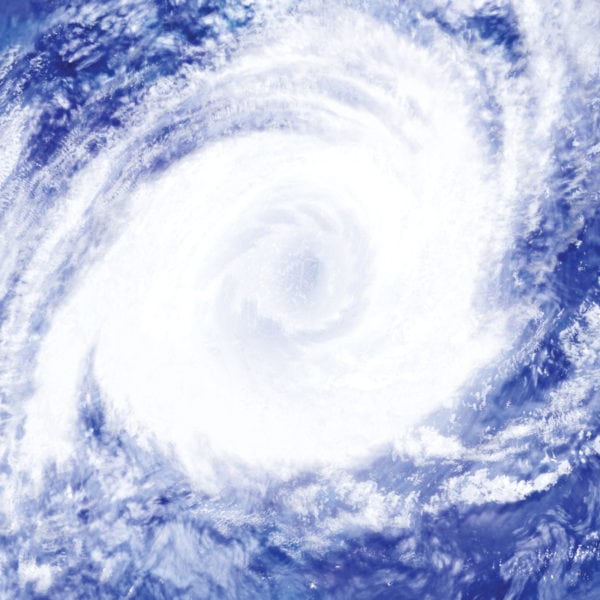Get ready for a storm now, not after it’s made landfall
It’s hurricane and tornado season. Get your family prepared now. Here’s how:
When a storm threatens:
- Assemble your storm kit.
- Seal key documents (passports, wills, contracts, insurance papers, car titles, deeds, leases and tax information) in zip plastic bags and get into a protected, dry place, such as a safe-deposit box or home safe.
- Monitor the news.
- Set the refrigerator to its coldest setting in case of a power failure.
- Fill the bathtub(s). It may be your main supply of water.
- Stock heavy-duty garbage bags for post-storm home and yard cleanup.
- Check flashlight and radio batteries; have extras on hand.
- Charge rechargeable cell phones, drills, power screwdrivers, flashlights, lanterns and batteries.
- Refill medications.
- Make sure you have enough toilet paper.
- Get cash (ATMs may not work after a storm).
- Don’t fill gasoline cans until right before the storm; they are a fire hazard.
- Fill vehicle fuel tank. Gas stations will run out and some will not have power to run pumps. Check your battery, water and oil. Make sure you have a spare tire and buy aerosol kits that fix and inflate flats.
- If you plan to leave, start packing. Don’t wait until the storm is almost here to get on the road.
- Check fire extinguishers.
When a storm is approaching:
- Inside your house, move furniture away from windows or cover with plastic. Move as many valuables as possible off the floor to limit flood damage.
- If possible, secure small, fragile items that could be thrown around if winds enter your home.
- Get shutters, storm panels or plywood in place on windows. If you haven’;t installed sockets, attach with wood screws; they’re better than nails and do less damage.
- Don’t tape windows; tape can create glass daggers.
- Remove swings and tarps from swing sets. Tie down anything you can’t bring into the house. Check loose gutters, moldings.
- Move grills, patio furniture and potted plants into your house or garage.
- Disconnect and remove satellite dish or antenna from your roof.
- Check your mailbox. If it’s loose, secure or remove it.
- Secure and brace external doors, especially the garage door and double doors.
- Move vehicles out of flood-prone areas and into garages if possible. If not, park cars away from trees and close to homes or buildings.
- Don’t turn off your natural gas at the main meter. Only emergency or utility people should do that.
Plan Escape Routes
- Draw a map of your house. Have at least two escape routes out of each room. Windows and indoor and outdoor doorways are all possibilities. Discuss routes with each family member.
- Use flame-resistant safety escape ladders. Place them, pre-assembled, near a window on each floor of your home. A 13-foot ladder should be long enough for a two-story home. If bedrooms are on opposite ends of a floor, store a ladder in each room.
- Make sure your address is visible so emergency vehicles can locate your home as fast as possible.
- Pick an outdoor meeting place. Make sure it’s a safe distance from your house. Choose two meeting spots. Pick two spots where your family can meet if conditions allow: one close to your house, in case of something like a fire, and one outside your immediate neighborhood, in case nearby streets are closed.
- Choose a point person. This person should be a family member or friend who lives out of state. After a disaster, it may be easier to call long distance than locally. As soon as it’s possible, each member of your family should call the point person to let his or her location be known.






